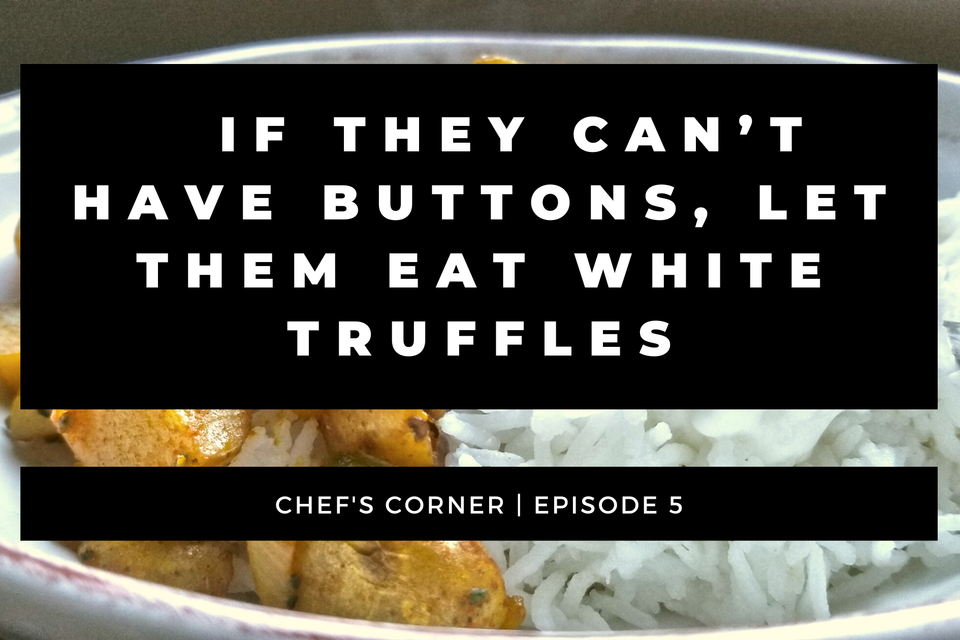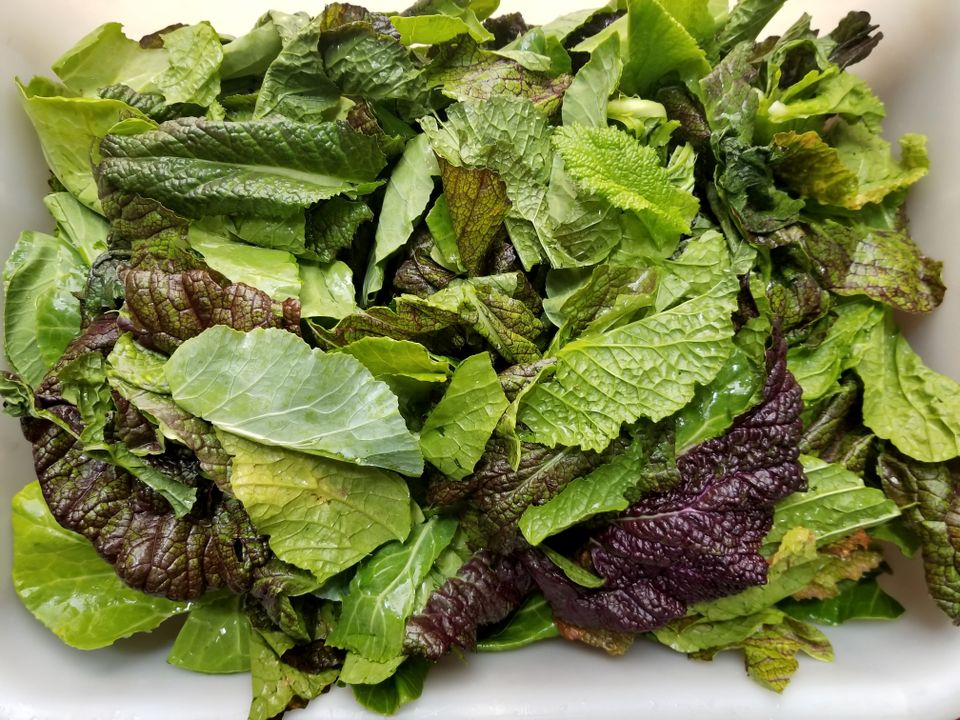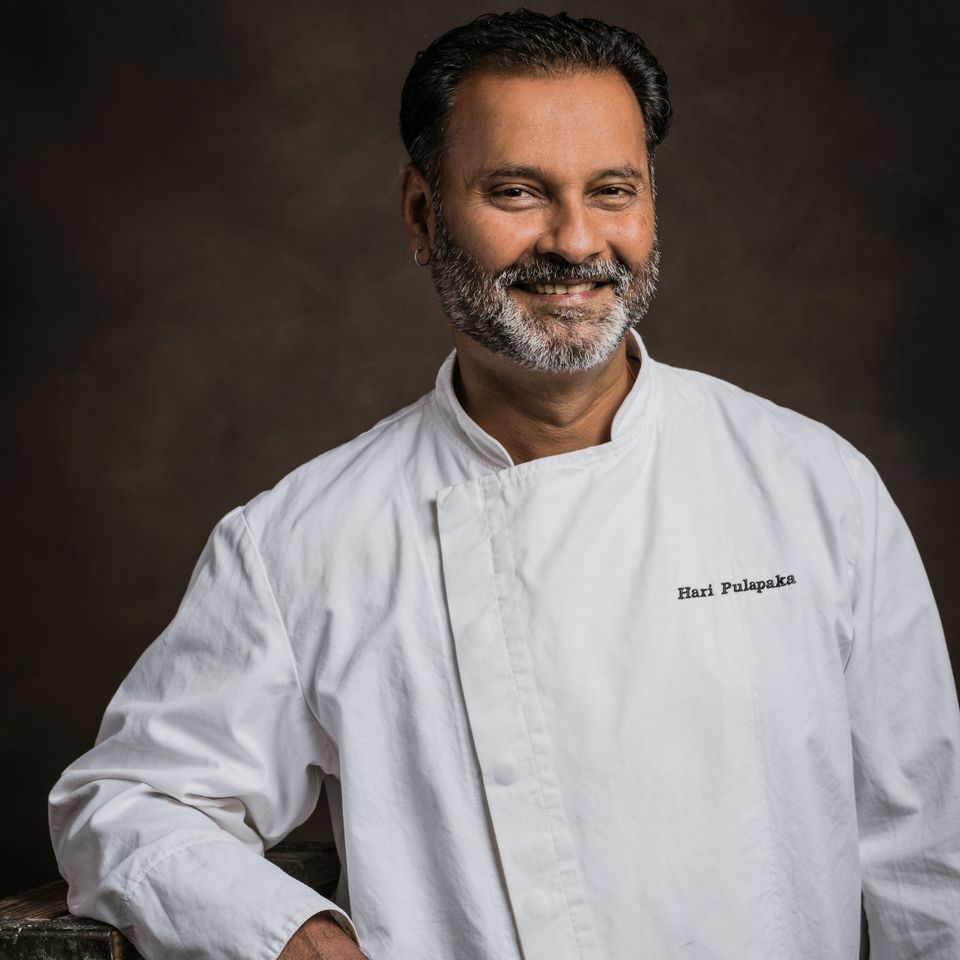If they can’t have buttons, let them eat white truffles | Chef's Corner | Episode 5
By Hari Pulapaka, PhD, WCMC, CEC
December 2, 2021
Driven by a heightened enthusiasm, a chef in Hong Kong recently paid nearly $118,000 for a 2-pound white truffle at a charity auction held at the 91st Fiera Internazionale Tartufo Bianco d’Alba. That’s about $3,687 per ounce, with proceeds benefiting a number of organizations throughout Italy. Earlier this year, the average wholesale price for this highly prized commodity hit an all-time high of approximately $280 an ounce. No — that’s not a truffle of white chocolate, which isn’t even chocolate. A truffle is a fragrant fungus, essentially. To compound the natural rarity, changes in the climate are threatening the storied Alba white truffle’s very existence, given that humans have been unable to cultivate them (to date). Truffle oil is a crude simulation because truffles don’t contain that much oil.
Over the years, I’ve used truffles on many occasions at my former restaurant — Valentine’s Day and New Year’s Eve dinners being the marquee events for showcasing them. During my 2017 failed attempt at trying to pass the vaulted ACF Certified Master Chef practical exam, I distinctly remember one of the judges commenting that black truffles (especially, the not-as-perfumed summer versions) must always be warmed, even cooked, a bit, while white truffles may be simply shaved as a luxury garnish. I didn’t agree with everything that the judge said, but in this case, I agree with his opinion on the effective use of truffles in cooking.
I also believe that truffles (like caviar) are a chef’s crutch. It takes absolutely no culinary cred or creativity to dollop caviar or shave truffles onto a dish. The prices of these and other luxury food commodities are driven by sparse availability, length of development, labor, cost of storage and distribution, and general hype elevated by haute cuisine snobbery.
Are you ready for this? At $25,000 apiece, the world’s-most-expensive-taco award supposedly goes to the version at The Grand Velas Los Cabos resort in Mexico. It contains (predictably) … Kobe beef, caviar, and truffle cheese wrapped inside a gold-kissed tortilla. Some may ask the obvious question: Why? As a matter of reference, at that price one could buy 1,000 tacos from Danny’s Ice Cream Mexican Grill in DeLeon Springs, one of my favorite restaurants in Central Florida. One thousand scratch-made tacos provide 500 meals to those in our community who may need them the most. I can already hear the grumbling among the elite who would argue: “Why not?”
I’m not against luxury. I take issue only when, in the name of luxury, the natural bounty of our planet is rendered inaccessible to most. You know, like the colonization of lands while displacing or, worse yet, eradicating indigenous life. Did I just say that? The workforce responsible for growing, harvesting, or producing these rarified items has likely never experienced them in their finished form. The beauty of diversity is that there’s something for many. But in a just and equitable global food system, there must be something for everybody. Until we get there, we must strive for mindfulness against egregious excess, greed, and endless self-gratification. Since I am casting the stone, this is a reminder to me, first and foremost.
Random food thought – roasted whole button mushrooms scented with fresh ginger and garlic, kissed with a hint of toasted sesame oil, and a dash of Tamari ranks highly on the umami scale. No white truffles necessary. Meanwhile, this week, I invite you to celebrate with me the humble potato in conjunction with a plant that gives so much.




